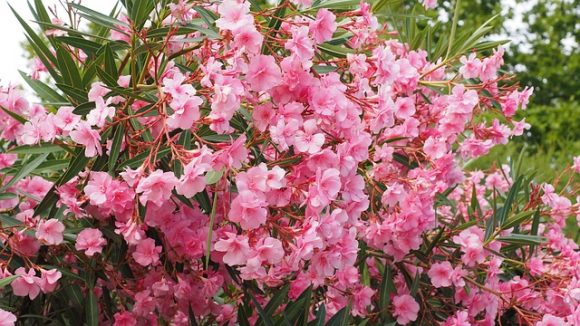All posts tagged cardiac glycosides
Oleander: Beautiful, Deadly But Good For Heart Conditions Under Medical Supervision
Nerium oleander, also known as pink oleander, Jericho rose, oleander, kaner, rosa francesa, rosebay, and rose laurel, is a flowering shrub in the dogbane family. It is native to Asia but has spread to other regions including Africa and North America due to its showy flowers. In the US, oleander occurs in USDA hardiness zones 8-11. Continue reading [...]

